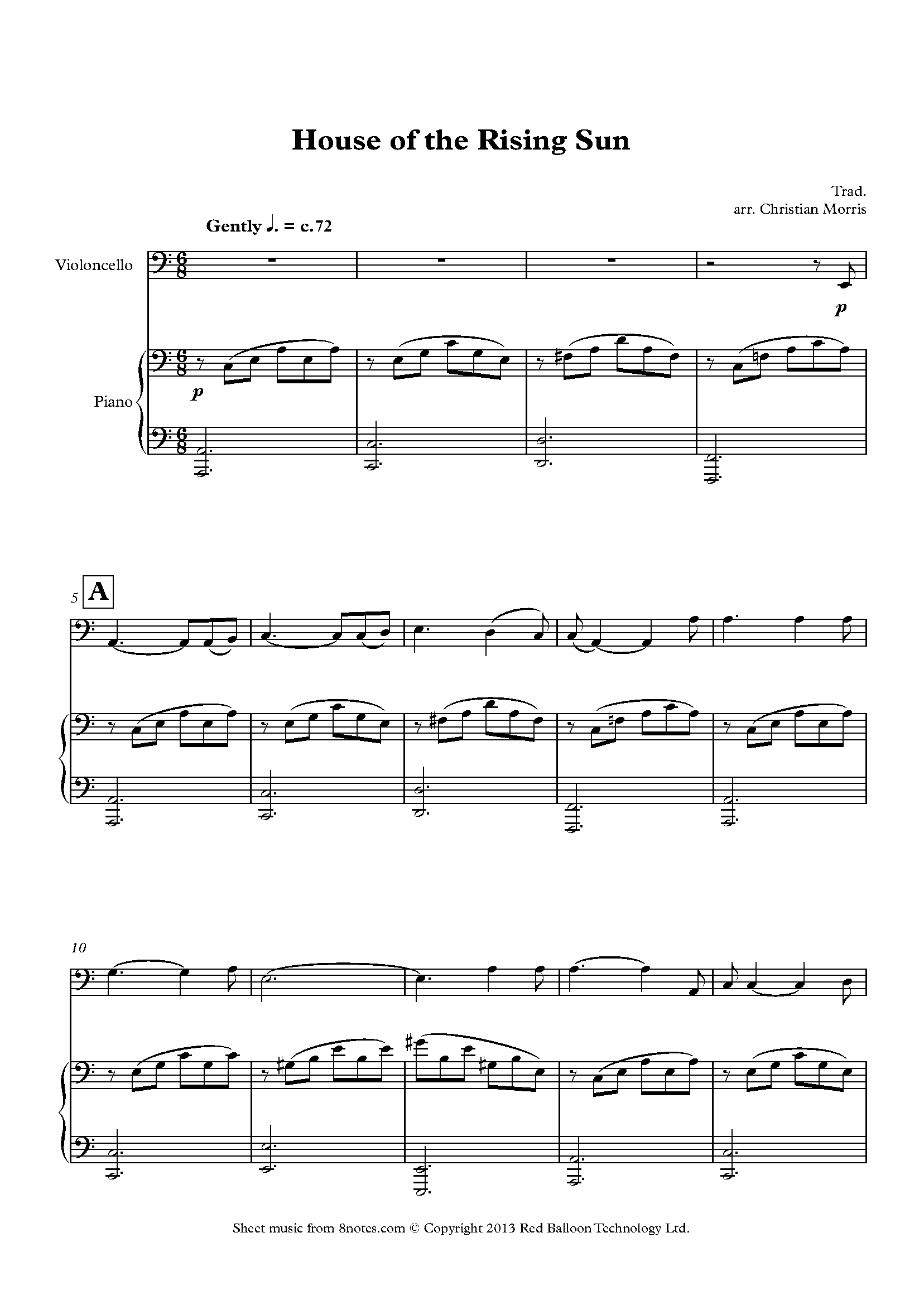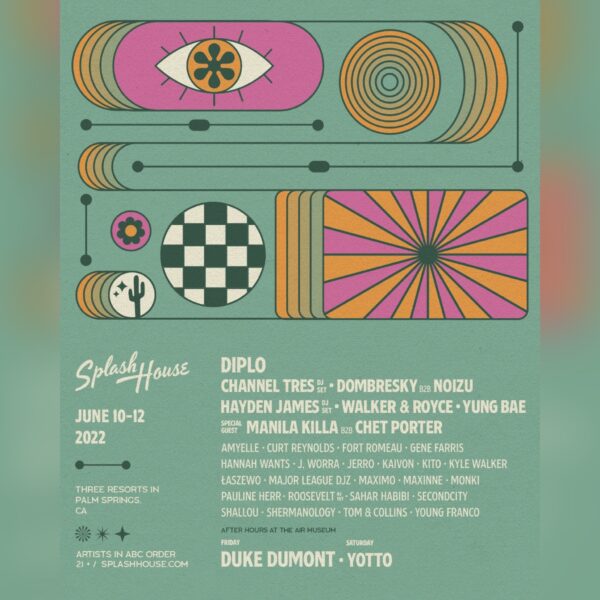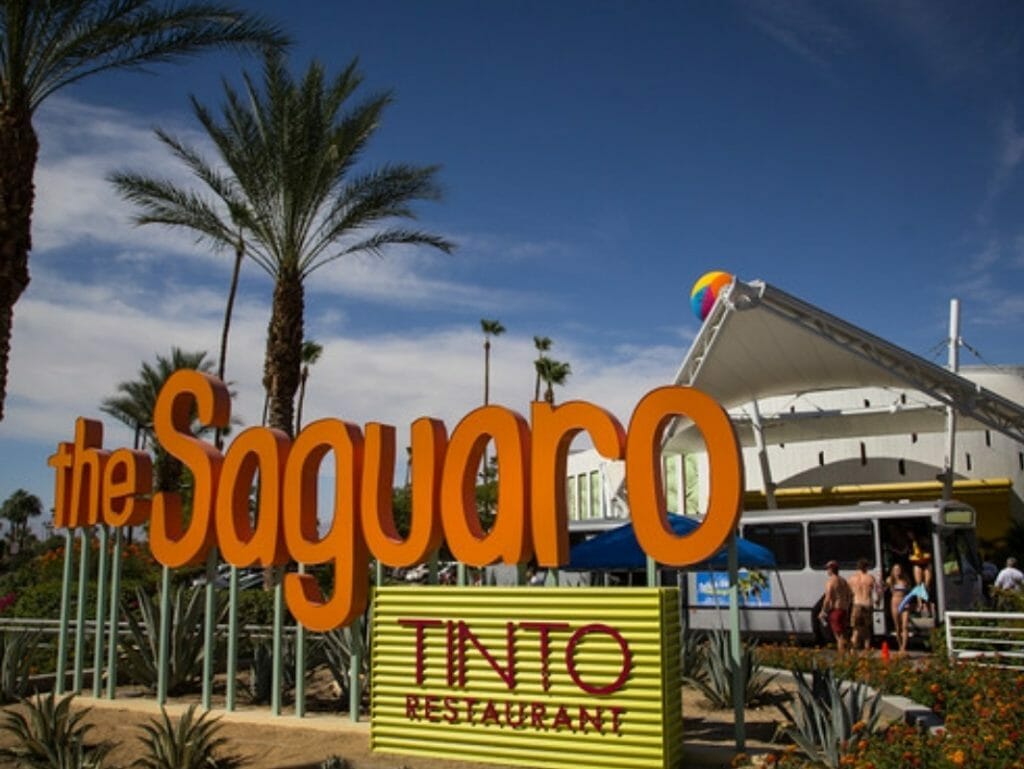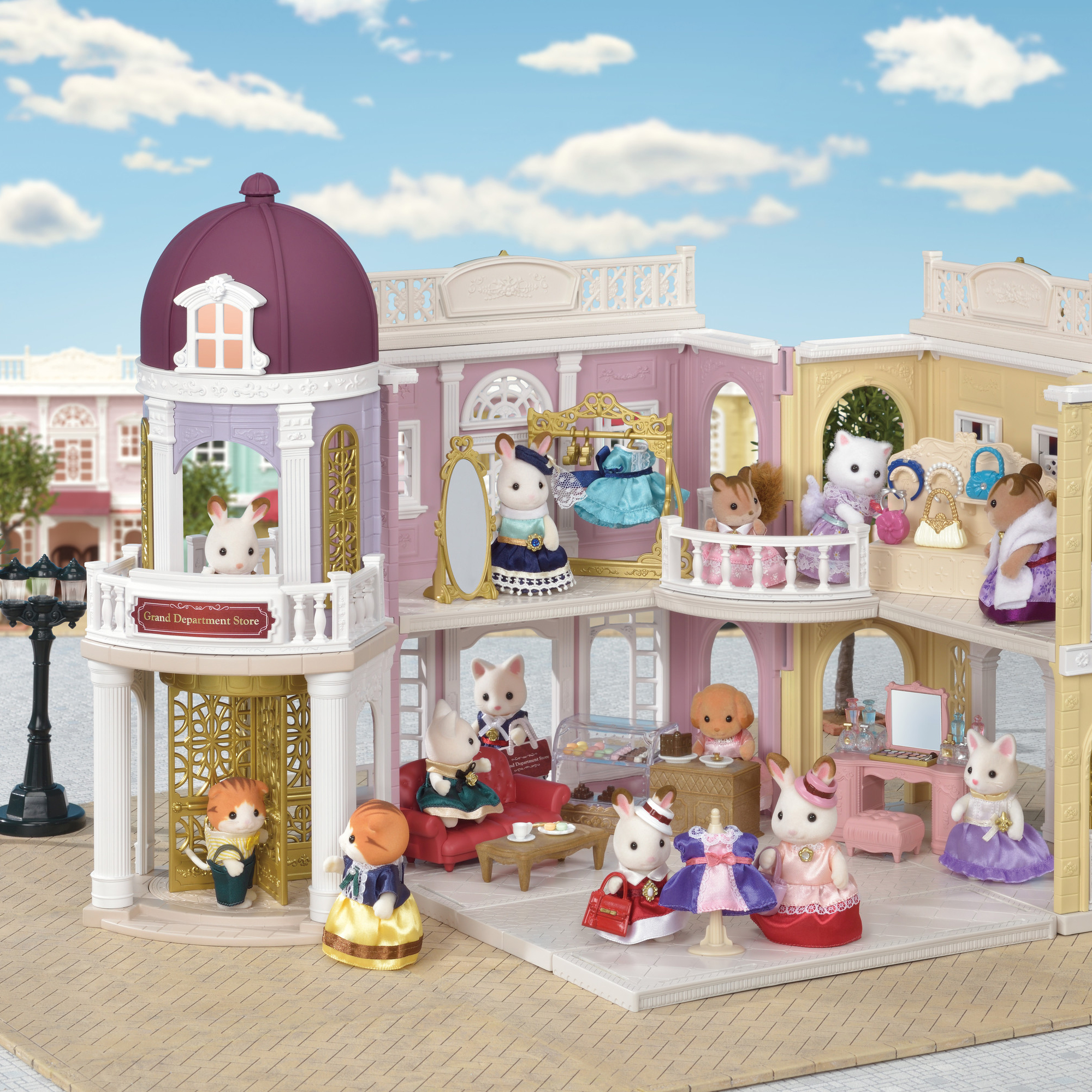Table Of Content
- Famous 70’s Rock Bands That Tried To Go New Wave…
- Why is the song so often associated with blues and folk genres?
- Curious About The Meaning of Other Famous Songs?
- A Living Wage For Musicians? A Bill Before Congress Gives Hope For Just That
- The Final Time John Lennon Saw The Rest Of His Bandmates
- The Quitting Song Of George Harrison For The Beatles
- Charts

They infused the song with their unique sound, incorporating Jim Morrison’s distinctive vocals and Ray Manzarek’s mesmerizing organ playing. The band’s interpretation added a sense of depth and intensity to the track. To most people, even mentioning House of the Rising Sun evokes memories of The Animals‘ 1964 smash hit, with it’s instantly recognizable circular chord pattern in A-minor. The song itself, however, enjoys a hidden and shockingly broad history that spans every folk-inspired corner of the United States, and dates far earlier than the mid-1960s, when it’s popularity exploded.
Famous 70’s Rock Bands That Tried To Go New Wave…
The song became a hit in the '60s and continues to be recognizable even to casual music fans to this day. "The House of the Rising Sun" has been covered many times since The Animals' version by artists including Frijid Pink, Five Finger Death Punch, and notably, Dolly Parton. Parton's version was released in 1981 from her 9 to 5 and Odd Jobs album.
The Rich History Behind 'The House of the Rising Sun' - Laughing Squid
The Rich History Behind 'The House of the Rising Sun'.
Posted: Tue, 12 Oct 2021 07:00:00 GMT [source]
Why is the song so often associated with blues and folk genres?
The song traces its origins back to the early 20th century in the Southern United States, where it first emerged as a traditional folk ballad. Its timeless allure lies in its enigmatic storyline and compelling lyrics. Either way, the house in question is a place where people spend their lives in "sin and misery," and the song serves as a cautionary tale warning others not to fall victim and be stuck in the "ball and chain" of the house.
Curious About The Meaning of Other Famous Songs?
The mystery deepens when you learn that there is a pub in Lowestoft called ‘The Rising Sun.’ Opened before 1964, I might add. A song that, when you try to get to the bottom of what it is all about and where it came from, asks more questions than it answers. The meaning behind “House of the Rising Sun” by The Animals is one such song. If the music sounded almost supernatural, Burdon’s vocal gave the song its terrestrial heart, one rent in two by the loaded dice and lost bets. He tempers his performance, starting off low and with deadly serious intent to grab your attention.
Who sang 'House of the Rising Sun' the best? - Far Out Magazine
Who sang 'House of the Rising Sun' the best?.
Posted: Wed, 21 Sep 2022 07:00:00 GMT [source]
Like so many folk songs, the House of the Rising Sun‘s true “origins,” along with exactly where — or even what the Rising Sun was have been washed away by time. Georgia was merely 16 when she recorded the song, but was largely mum on where she had learned it. Lomax included the song in the popular Library of Congress album Our Singing Country in 1941. Believe it or not, the melody is a traditional English ballad, but the song became popular as an African-American folk song. It was first recorded in the 1920s, followed by a number of other artists including Leadbelly, Josh White and later Nina Simone. There has been evidence to suggest that the song, though it’s origins are commonly traced back as far as the early 1900s Appalachia area, has strong roots dozens or even hundreds of years earlier in England.
The Final Time John Lennon Saw The Rest Of His Bandmates
Anthony presents several ways songs tended to move across the confining borders of small towns where many of the folk singers, both recorded or otherwise, lived their entire lives and died. Anthony asserts that Clarence Ashley actually traveled the Appalachia area in the 1920s with medicine shows. Medicine shows, popular in the early-to-mid 1900s, were traveling bands of musicians and salesmen. Clarence, as well as unknown others, may have sang the famous House to numerous towns in Appalachia, where some townsfolk would remember and re-sing the song time and again, improvising if they forgot a word or phrase.
The Quitting Song Of George Harrison For The Beatles
But it’s hard to imagine that anybody will ever again inhabit that doomed soul at the epicenter of the tale quite as well. The song is also credited to Ronnie Gilbert on an album by the Weavers released in the late 1940s or early 1950s. Pete Seeger released a version on Folkways Records in 1958, which was re-released by Smithsonian Folkways in 2009.[16] Andy Griffith recorded the song on his 1959 album Andy Griffith Shouts the Blues and Old Timey Songs.
The Most Controversial Rock Songs That Made Musicians To…
The song serves as a cautionary tale, exploring the consequences of making sinful choices. This is a song that is instantly recognized by those first seven or eight guitar notes. And it is a song that has become more than special in the history of Rock and Blues Music. It is a great song for them to perform, but it wasn’t the only one that raised the roof. I suppose to an extent, that will depend on whether it is a man or a woman singing it. However, there is a major theme in “House of the Rising Sun” that is common to just about all versions.
There have been tales of a picture of a women’s prison outside of New Orleans with a stone etching of a rising sun over the gate, though no images have surfaced to date. The theory is plausible, since most versions before the 60s made the narrator a woman, and many renditions include the phrase “ball and chain”. A house on Esplanade Ave, just beside the French Quarter in the Treme neighborhood has, at times, been referenced as being “the” Rising Sun, as have several other places in the area. In all actuality, the term “Rising Sun” was and continues to be (no doubt fueled, in part, by the song’s staying power and popularity, bringing it full-circle,) a common phrase.
Often times the establishment is a brothel, or a gambling parlor, bar, or prison. "The House of the Rising Sun" is a traditional folk song, sometimes called "Rising Sun Blues". Many versions also urge a sibling or parents and children to avoid the same fate. The most successful commercial version, recorded in 1964 by the British rock band The Animals, was a number one hit on the UK Singles Chart and in the US and Canada.
Little did I know that this haunting melody would leave an everlasting impression on my soul. By the time the ’60s rolled around, the folk legend Dave Van Ronk included an intense take on “House of the Rising Sun” as a steady part of his live repertoire. His young acolyte Bob Dylan largely mimicked Van Ronk’s arrangement of the song and included it on his debut album.
While some stories claim that the tale is based on an actual brothel, others argue that the “House of the Rising Sun” is symbolic and represents a metaphorical descent into sin and temptation. The origins of “House of the Rising Sun” remain elusive, with no clear evidence of a definitive author. The song’s roots can be traced back to traditional English folk ballads, such as “The Unfortunate Rake” and “The House of the Rising Sun,” which were brought to America by British settlers. The song revolves around the tale of a young man’s tragic descent into the depths of vice and debauchery in the infamous House of the Rising Sun, a place shrouded in myth and infamy. The lyrics depict a vivid picture of a ruinous establishment located in either New Orleans or St. Louis, both possessing a checkered past and notorious reputation.
I had learned it sometime in the 1950s, from a recording by Hally Wood, the Texas singer and collector, who had got it from an Alan Lomax field recording by a Kentucky woman named Georgia Turner. I put a different spin on it by altering the chords and using a bass line that descended in half steps—a common enough progression in jazz, but unusual among folksingers. By the early 1960s, the song had become one of my signature pieces, and I could hardly get off the stage without doing it. In late 1961, Bob Dylan recorded the song for his debut album, released in March 1962. That release had no songwriting credit, but the liner notes indicate that Dylan learned this version of the song from Dave Van Ronk.
As many people over the years churned and moved and settled, the places that components of the song could have come from are nearly endless. Much like hundreds of other folk songs, the epicenter of House of the Rising Sun is lost to the past. It was a song that was passed from person to person and from one generation to the next. It’s earliest singers, the location of the house that so many had apparently spent their lives in sin and misery, and most everything else about the song is a mystery.
The first people to sing it had probably never even heard of New Orleans. A song is written, and, if it’s special enough, it hangs around waiting for an artist to claim it, putting their indelible stamp on it so that all other versions are henceforth compared to that one unforgettable take. Nobody is sure who wrote “House of the Rising Sun.” But we do know that the Animals, powered by the blustery vocals of Eric Burdon, claimed it. The country sweetheart opines about the demands of touring and talks about writing songs with her famous father. If you find yourself captivated by “House of the Rising Sun,” there are indeed numerous alternative versions to explore. Notable renditions include Joan Baez’s folk-inspired interpretation, Bob Dylan’s distinct twist on the song, and Nina Simone’s soulful rendition, among many others.












